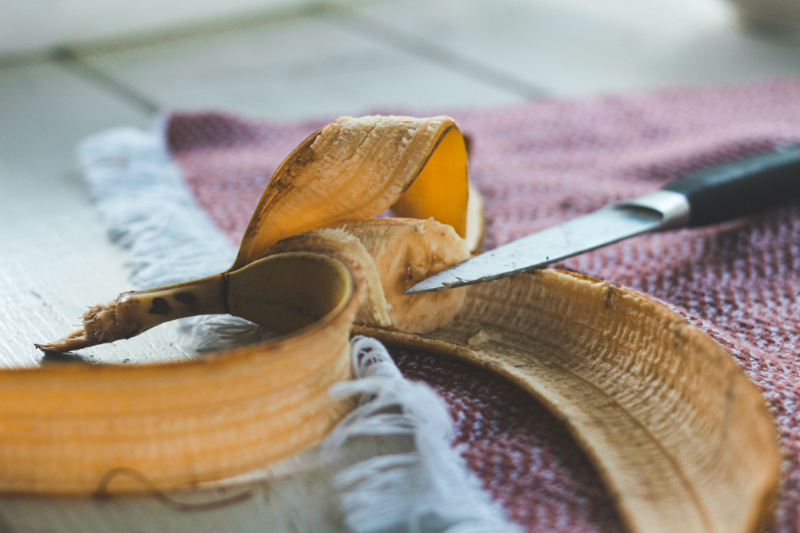
DAVID ADAMS looks at the concept of ‘upcycling’, the idea of using low-valued foods or food processing byproducts to generate products to eat…

Can use you that leftover banana peel? PICTURE: Sigmund/Unsplash
While the idea of eating “recycled” food might not sound terribly appealing at first glance, there is a growing push around the world to maximise the use of available food by using those bits of food which are usually in discarded. To be sure, it’s not a new idea – think of sausages made from leftover meat or leftover vegetables made into soups. But with growing awareness of the issue of food waste around the world (and it’s generally said that about a third of all food is lost or wasted between farm and consumption), making the most of what we have is ever more important. Among those leading the charge is the Upcycled Food Association which defines upcycled foods as being food which “use ingredients that otherwise would not have gone to human consumption, are procured and produced using verifiable supply chains, and have a positive impact on the environment”. There’s already a number of upcycled foods in use today (Forbes put the value of the upcycled food industry at $US46.7 billion in 2019) including, according to experts Rodney Holcomb and Danielle Bellmer, fruit pomace – fibrous bits left after fruit juice production – which is used to bolster the flavour and nutritional content of snack foods, and wheat “middlings” – the leftovers from flour milling – which are added to breakfast cereals to increase vitamins, minerals and fibre in them. There’s even a brewery in the US from where spent malt barley grain is collected and remade into a ‘super flour‘. But it’s not just food companies which are looking at the practice – there are a growing number of people addressing the issue in their own lives and sharing tips on the web – among them, using leftover banana peels to create a vegan faux bacon treat or turning carrot tops into a pesto to garnish vegetables. It’s really all about being creative. Expect to hear about more in this space in the coming years.





